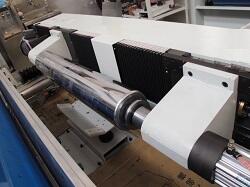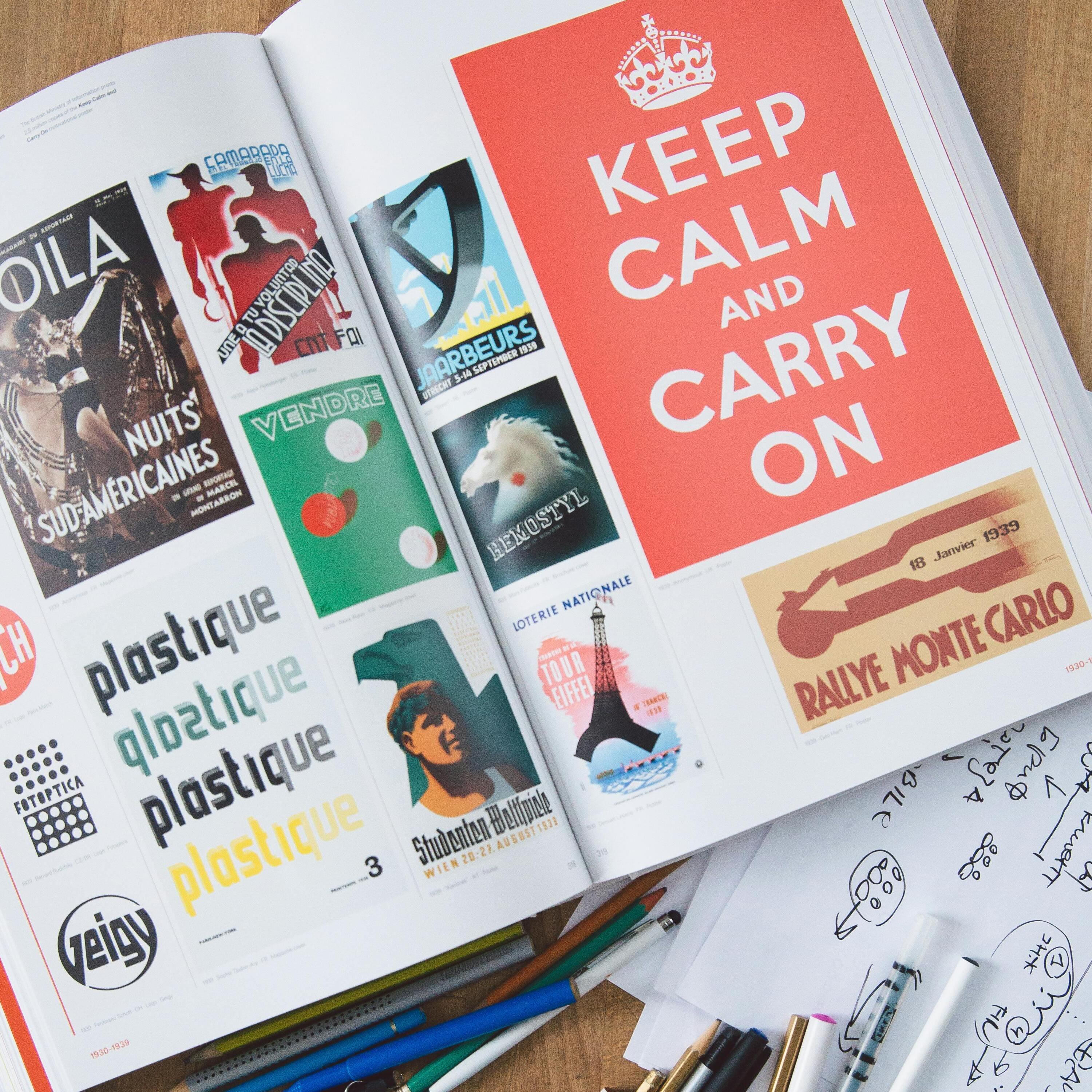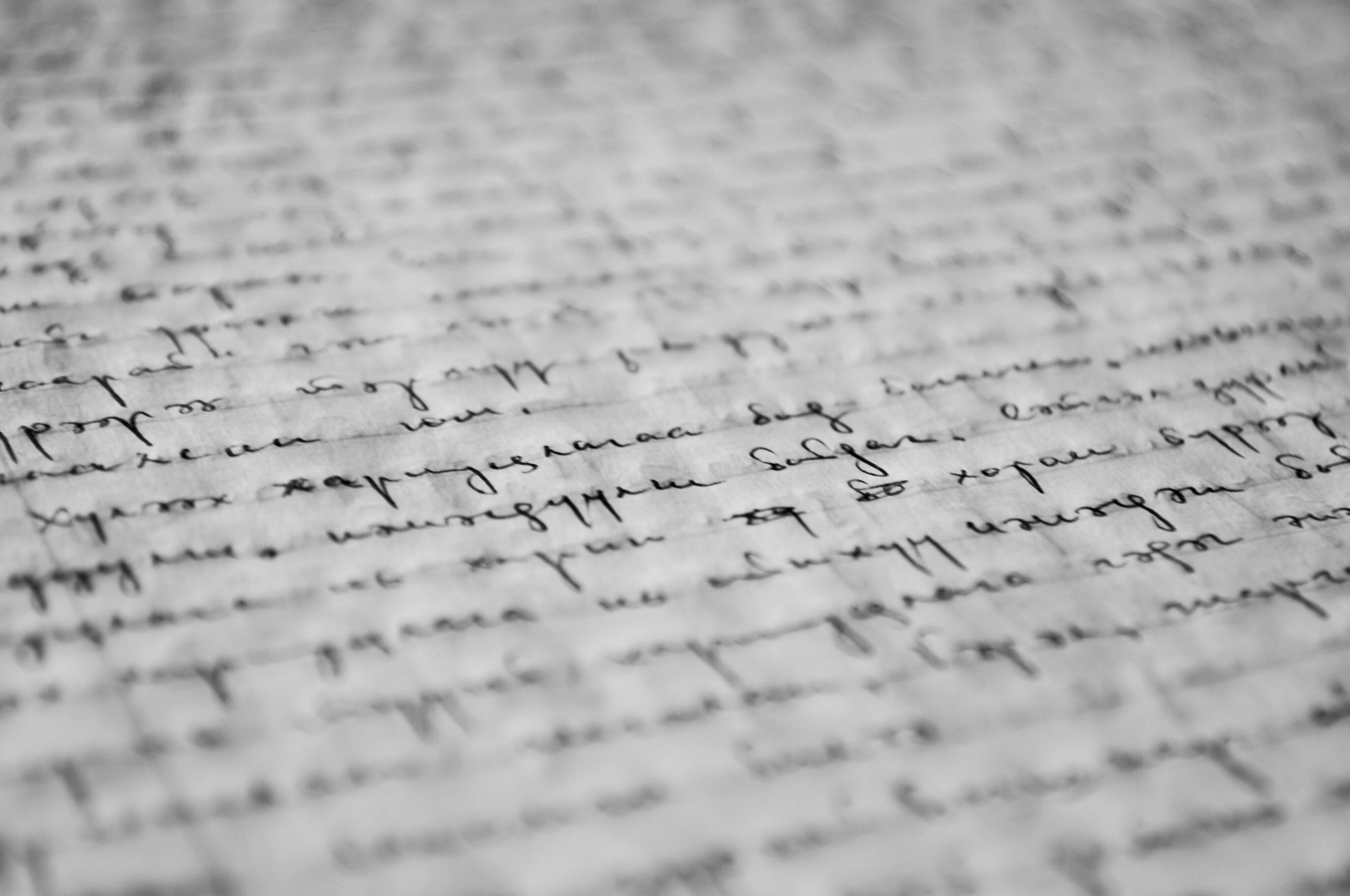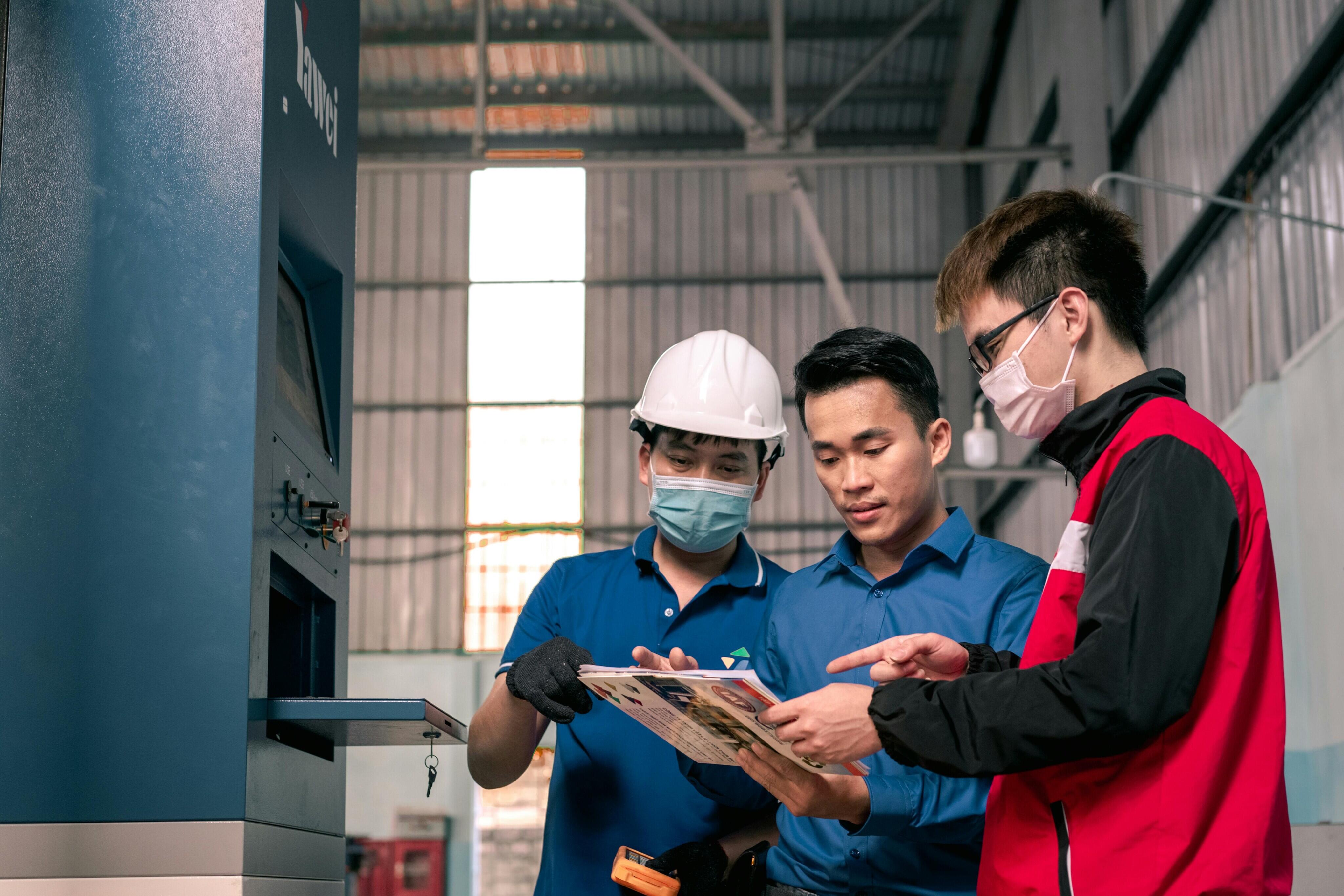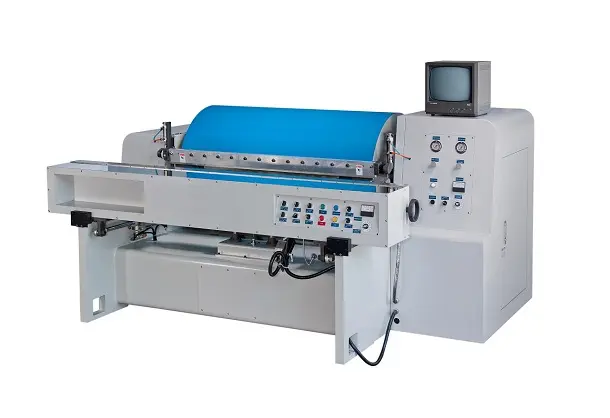What Is a Rotogravure Cylinder?
Rotogravure printing technology is widely used in newspapers, labels, and food packaging. At the core of this process is the rotogravure cylinder, the key component that defines print quality, efficiency, and accuracy. In this guide, we'll explore how cylinders are made and why they are essential for high-performance printing.
What Is a Rotogravure Cylinder?
In rotogravure printing, the cylinder is the core element responsible for print quality and consistency. Its main function is to transfer ink onto the substrate, forming the final graphics. Its surface is engraved with tiny cells that hold ink. When the cylinder presses against the substrate, the ink transfers precisely, producing a finely detailed graphic.
As a result, the design and quality of the cylinder influence the clarity, consistency, and vibrancy of the final output. This feature makes it a critical part in high-volume, high-quality printing applications.
How Are Rotogravure Cylinders Made?
Beyond just a metal roll, the cylinders are key to providing excellent printing quality and efficiency. They are designed to transfer ink onto the substrate, forming intricate graphics with sharp detail. Their production involves preparing the base and engraving designs. By understanding the process, we can see how the cylinders achieve consistent, high-quality results.
Production of the gravure cylinder
The gravure cylinder typically features a durable steel base, providing excellent stability and structural strength. On the outer layer, the cylinder is coated with a thin layer of copper. Due to its softness, copper is suitable for the precise engraving of intricate cells. In some cases, manufacturers apply an additional layer of zinc or other metals to the surface. This step is to meet specific printing requirements or achieve special visual effects.
Engraving of the gravure cylinder
To engrave the cylinder, there are three different types of engraving methods. They are electromechanical engraving, laser engraving, and chemical etching. Each of the methods offers excellent advantages. The engraving cells have various depths and sizes, which determine ink transfer efficiency and color richness. As a result, selecting the suitable engraving method is critical. In this section, we will walk through these methods to help you get a deeper understanding of them.
Electromechanical engraving
Electromechanical engraving is a widely used method in rotogravure printing. It employs a diamond stylus, which is a sharp tool with a diamond tip, that mechanically engraves cells onto the printing cylinder. By vibrating at high frequencies, the stylus produces precisely shaped cells with consistent dimensions. This method ensures high efficiency, uniform quality, and exceptional design resolution, making it ideal for large-scale production. It is now often used in printing product packaging.Laser engraving
Laser engraving is a modern technique. With high-powered lasers, it can etch intricate cells directly onto the cylinder. The laser can vaporize material to form sharp cells without causing mechanical wear. Its ability to produce intricate patterns makes it especially suitable for complex and detailed designs. Common applications include retort pouches and designs with intricate text.Chemical etching
Chemical etching is a traditional method. To begin, the cylinder is coated with a photoresist, a corrosion-resistant material. It protects the covered areas from being etched. Next, the selected part of the shield will be removed based on the design. Then, the uncovered areas are exposed to acid, which dissolves the surface and creates tiny cells that hold ink. By adjusting the etching time, manufacturers can control the depth and size of these cells, ensuring fine details. This precision makes chemical etching suitable for printing banknotes and certificates.
Why Rotogravure Cylinder Quality Matters
The key to printing excellent outputs lies in the quality of the rotogravure printing cylinder. It affects the color intensity, clarity, and printing consistency of the outputs. Therefore, it is essential to have a precisely engraved cylinder.
As we explained in the previous section, the cylinder is engraved with tiny cells of varying depths and sizes. They are designed to hold ink, which affects the color density and graphic details. The characteristics of these cells have a significant impact on print quality:
Cell depths
Deeper cells hold more ink and produce darker tones, while shallower cells retain less ink, resulting in lighter colors.
Cell evenness
Inconsistently engraved cells can cause noticeable color variations and reduce graphic sharpness.
Cell shape and size
Cells that are inaccurately shaped or inconsistent in size may fail to hold sufficient ink, leading to blurred images and a loss of fine detail.
For these reasons, evaluating the quality of the gravure printing cylinder is essential to ensure consistent, high-quality output.
How Are Gravure Cylinders Tested Before Printing?
Running a full rotogravure press is expensive and consumes large rolls of substrate, making it costly to identify mistakes at this stage. To avoid this, manufacturers can test the gravure printing cylinder in advance using a rotogravure cylinder proofing machine. This allows a small sample to be printed, enabling both manufacturers and customers to review and confirm the output before full-scale production begins.
Proof printing also helps us to verify the critical factors:
Accuracy of engraved details
Ensures fine lines and intricate patterns are correctly reproduced.
Color density and clarity
Confirms that colors are vibrant, consistent, and true to the design.
Substrate compatibility
Checks that the ink adheres properly to the chosen material.
Overall precision
Verifies alignment, sharpness, and overall print quality.
By identifying and resolving potential issues before full-scale printing, proof printing helps streamline the printing process, ensuring it is smooth and efficient.
Maintenance and Lifespan of Gravure Cylinders
Regular maintenance is critical to extending the lifespan of a gravure cylinder, ensuring consistent printing quality. Over time, the cylinder inevitably experiences wear, particularly during long production runs. The quality may also be affected by improper cleaning and excessive printing pressure. Such wear can reduce output clarity, cause color inconsistencies, and increase the risk of defects.
The key maintenance practices include:
Cleaning regularly
Cleaning the cylinder regularly helps remove debris, preventing damage to the surface.
Re-coat or replace the surface
Re-coat or replace the surface when needed, ensuring consistent ink transfer and high-quality outputs.
Avoid excessive mechanical pressure
Preventing unnecessary pressure reduces surface wear, helping extend the cylinder's lifespan.
Store cylinders properly
Proper storage minimizes environmental damage and handling risks, lowering costs and preventing downtime.
Conclusion
In sum, the quality of the cylinder is a crucial factor in printing fine outputs. Its quality directly determines the sharpness, color accuracy, and overall consistency of the final output. Ensuring precise engraving and proper maintenance is key to achieving consistent quality.
To evaluate the performance of the cylinder before large-scale production, a reliable rotogravure cylinder proofing machine is indispensable. Yo Den's proofing machine enables manufacturers to produce accurate, high-resolution sample copies. Therefore, both manufacturers and customers can verify engraving precision, color density, and material compatibility in advance. Proofing a sample can effectively reduce waste, avoid costly errors, and ensure flawless results from the very first print. If you want to get more information about the rotogravure cylinder proofing machine, don't hesitate to contact us!


